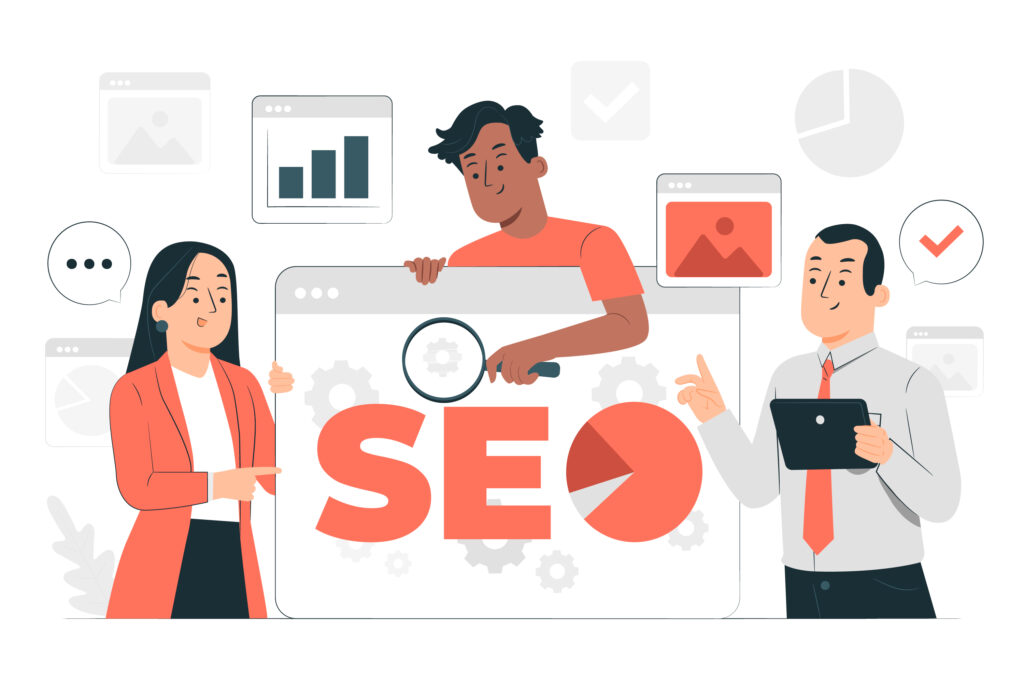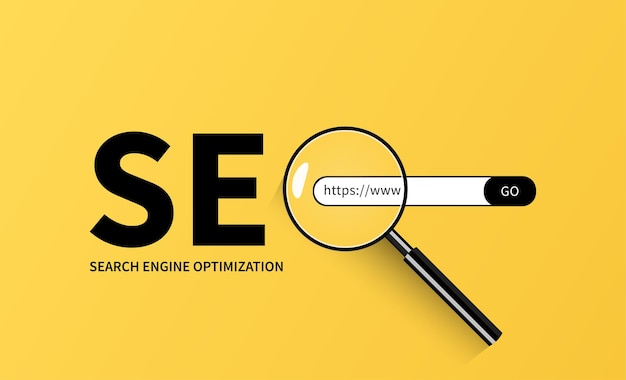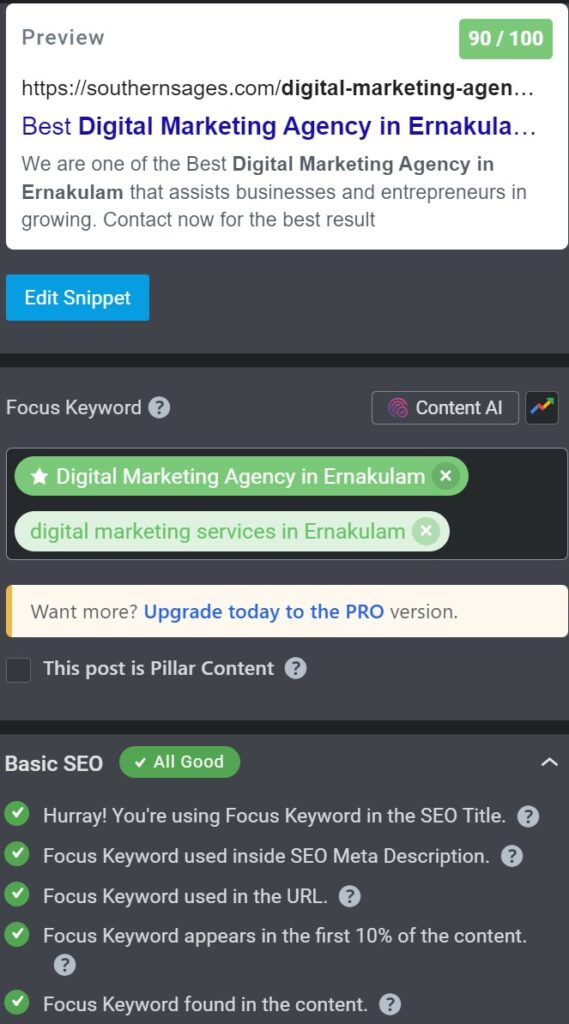On-Page SEO

In the realm of search engine optimization (SEO), on-page optimization plays a crucial role in improving your website’s visibility, search rankings, and user experience. By strategically optimizing various on-page elements, you can enhance your website’s relevancy and increase its chances of appearing higher in search engine results pages. In this article, we will explore the importance of on-page SEO and provide actionable tips to help you optimize your website effectively.
Understanding On-Page SEO

On-page SEO refers to the practice of optimizing individual web pages to improve their visibility and relevancy for specific keywords or topics. It involves optimizing various on-page elements, including content, meta tags, URLs, headings, and internal linking. The goal is to make your web pages more search engine-friendly and user-friendly, ultimately enhancing your website’s overall SEO performance.
Conducting Keyword Research

Keyword research is a fundamental step in on-page optimization. Start by identifying relevant keywords that are popular among your target audience and have moderate search volume. These keywords should align with the content and purpose of each web page. Tools like Google Keyword Planner, SEMrush, or Moz Keyword Explorer can help you discover valuable keywords to target.
Optimizing Meta Tags

Meta tags provide important information about your web pages to search engines and users. Optimize the meta title and description by incorporating your target keyword and making them compelling, concise, and relevant. This helps search engines understand the content of your page and entices users to click through from search results.
Creating High-Quality and Engaging Content
Content is the heart of any web page, and it should be optimized for both search engines and users. Focus on creating high-quality, original, and informative content that addresses the intent of the user’s search query. Incorporate your target keyword naturally throughout the content, including in headings, subheadings, and within the body of the text.
URL Structure and Optimization

URLs should be concise, descriptive, and keyword-rich. They should provide a clear indication of what the page is about. Avoid using long, complex URLs with unnecessary parameters or numbers. Instead, strive for clean, readable URLs that are easy for both search engines and users to understand and remember.
Proper Heading Tags Usage
Heading tags (H1, H2, H3, etc.) provide structure to your content and help search engines comprehend the hierarchy and importance of the information. Use the H1 tag for the main heading of the page and incorporate relevant keywords. Utilize H2 and H3 tags for subheadings, making the content more scannable and user-friendly.
Image Optimization
Images SEO is an integral part of web pages, but they also need optimization for on-page SEO. Ensure that image filenames and alt text are descriptive and contain relevant keywords. Compress the images to reduce file size and improve page loading speed. This helps search engines understand the image content and provides an opportunity to rank in image search results.
Internal Linking
Internal linking refers to linking relevant pages within your website. It helps search engines discover and crawl your web pages more effectively, establishes a logical site structure, and distributes link equity throughout your website. Include relevant anchor text and ensure the linked pages provide additional value to the user.

Ebin Harison
https://southernsages.trianglescope.com/Co-Founder, Southern Sages | SEO Strategist